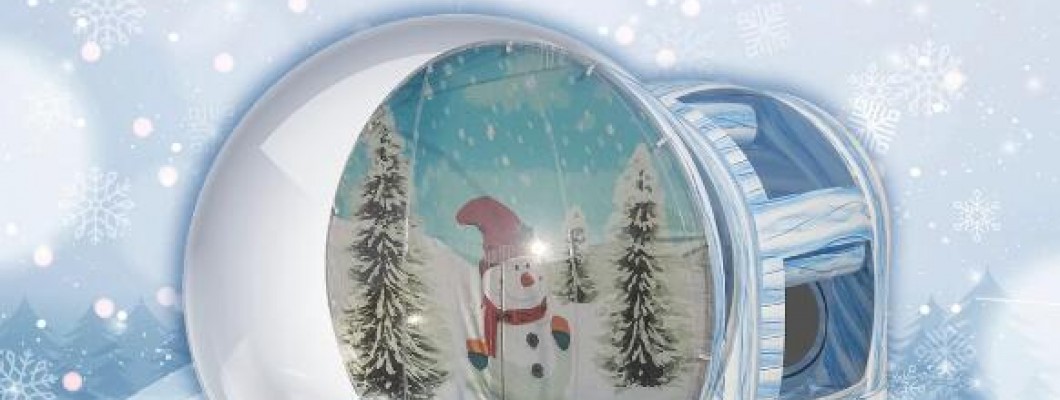
Inflatables, whether for parties or decorations, are a popular choice throughout the year. However, when winter arrives and temperatures drop, many people wonder if it’s safe and practical to use inflatables outdoors. The answer is yes, you can use inflatables in winter, but there are several important considerations to keep in mind.
1. Cold Weather Impact on Materials
Inflatables are typically made from materials like PVC or vinyl, which can become brittle in cold temperatures. This increased brittleness makes the inflatable more susceptible to tears or damage. To mitigate this risk, ensure the inflatable is kept warm before setting it up and avoid placing it directly on frozen or rough surfaces.
2. Blower Performance in Cold Conditions
The blower is the heart of any inflatable, keeping it fully inflated and operational. In cold weather, the blower may need to work harder to maintain proper inflation due to the denser cold air. Ensure that the blower is in good working condition and is rated for outdoor use in winter conditions. It’s also advisable to monitor the blower regularly to prevent it from overheating.
3. Preparing the Ground
Setting up an inflatable on snow or ice requires extra precautions. Clear the area of snow and ice to create a stable surface, and consider using a ground tarp under the inflatable to protect it from direct contact with the cold ground. This not only helps in insulating the inflatable but also provides a barrier against any sharp objects that might be hidden under the snow.
4. Safety Considerations
Safety is paramount when using inflatables in winter. Slippery conditions can increase the risk of accidents, so ensure that the inflatable is securely anchored and that any areas prone to ice are treated to prevent slips. Additionally, supervise children and guests closely to ensure they are using the inflatable safely.
5. Manufacturer Guidelines
Always check the manufacturer’s guidelines for your specific inflatable model. Some inflatables are designed with materials and blowers that can handle colder temperatures better than others. Following the manufacturer’s advice will help extend the life of your inflatable and ensure safe use.
Conclusion
Using inflatables outdoors in winter is possible, but it requires careful preparation and attention to detail. By considering the impact of cold weather on materials, ensuring your blower is functioning optimally, preparing the ground properly, and following safety guidelines, you can enjoy your inflatables even during the colder months. Just be sure to follow the manufacturer’s recommendations to keep everything running smoothly and safely.
